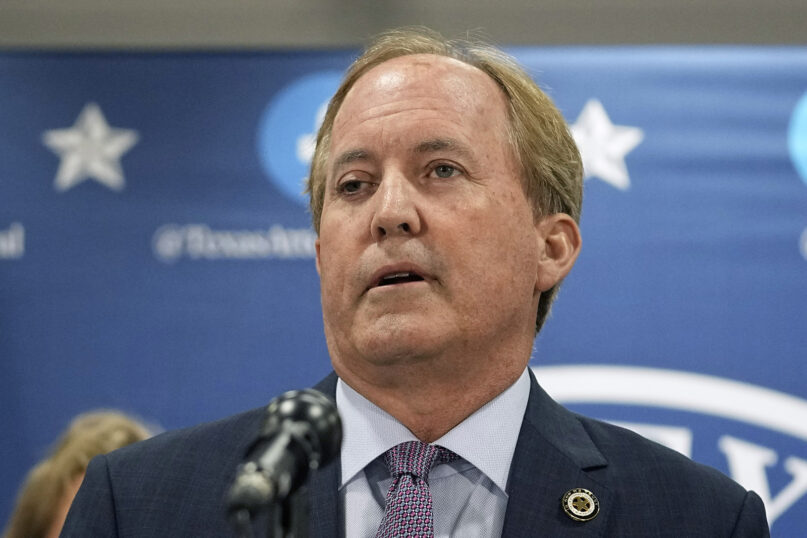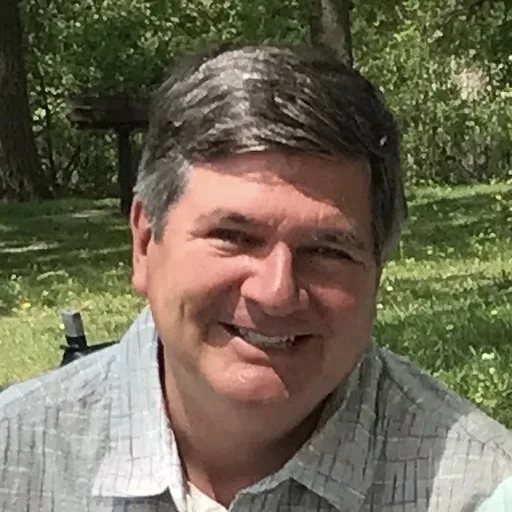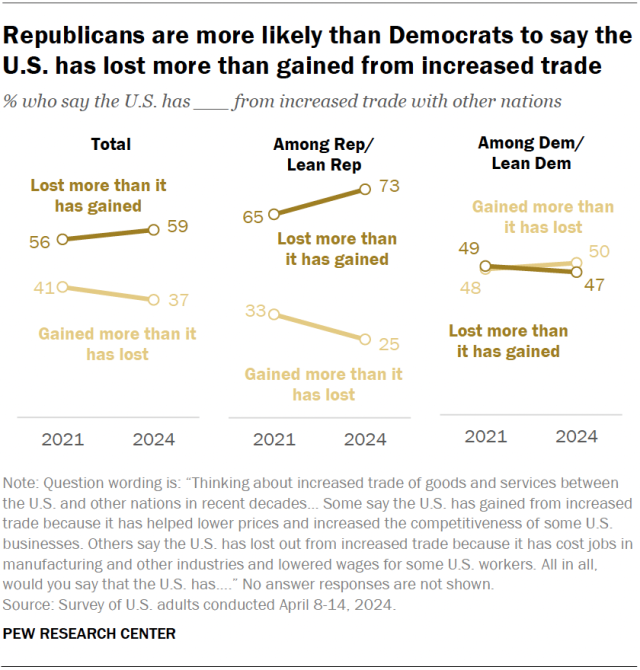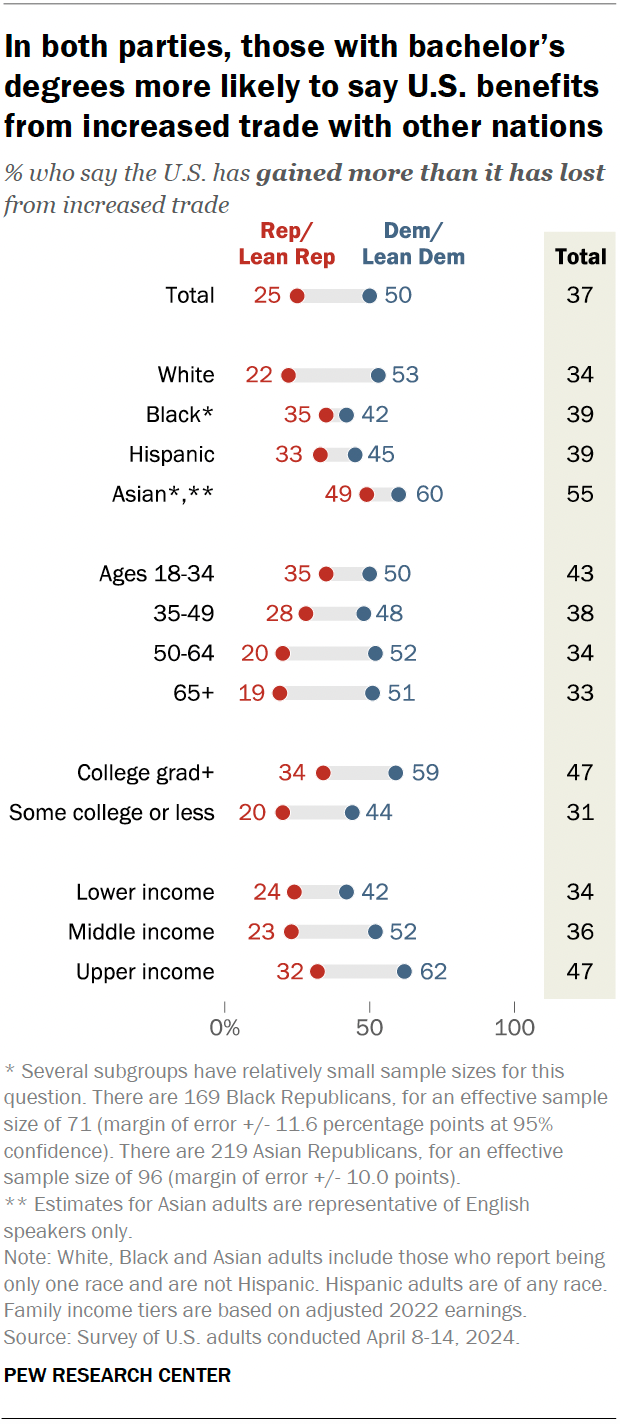It's the latest legal defeat for a Republican-led investigation of Catholic migrant shelters.

Texas Attorney General Ken Paxton makes a statement at his office, May 26, 2023, in Austin, Texas.
July 25, 2024
By Aleja Hertzler-McCain
(RNS) — In the latest legal defeat for a Republican-led investigation of Catholic migrant shelters, a Hidalgo County, Texas, judge on Wednesday (July 24) denied a request from Texas Attorney General Ken Paxton to depose a Catholic Charities leader in the Rio Grande Valley.
District Judge Bobby Flores denied the petition after lawyers for Catholic Charities of the Rio Grande Valley, one of the largest migrant shelters on the U.S.-Mexico border, argued that the nonprofit had already cooperated with the investigation by providing more than 100 pages of documents. The lawyers for Catholic Charities also argued that the attorney general’s request imposed “a significant expenditure of resources” on the Catholic agency and its ability to exercise its faith.
“We hope that we can put this behind us and focus our efforts on protecting and upholding the sanctity and dignity of all human lives while following the law,” Sister Norma Pimentel, Catholic Charities of the Rio Grande Valley’s executive director, said in a statement. Pimentel, a member of the Missionaries of Jesus, was named one of Time Magazine’s 100 Most Influential People of 2020 for her three decades of work with migrants. Pope Francis has also praised Pimentel and the work of the nonprofit.
According to filings by both Paxton’s office and Catholic Charities of the Rio Grande Valley, the attorney general’s office sent a notice to the nonprofit on March 25 demanding that a representative of Catholic Charities sit for a deposition. March 25 was the first weekday of Holy Week, when Catholic schedules are packed with events commemorating the death and resurrection of Jesus.
Paxton’s office did not respond to a request for comment. In explaining his request for the deposition, Paxton’s office cited Texas Gov. Greg Abbott’s December 2022 call for an investigation into the “role of NGOs in planning and facilitating the illegal transportation of illegal immigrants across our borders.”
Abbott, a Catholic, launched the multibillion-dollar initiative Operation Lone Star in 2021, shortly after President Joe Biden’s election, arguing the federal government was failing to protect the state’s border. The operation deployed thousands of Texas soldiers at the border, where razor wire, pepper balls and patrols with guns and drones have been used to prevent migrants from crossing. Abbott’s office claims the operation is responsible for at least 516,300 migrant apprehensions and more than 45,300 criminal arrests.

Migrant parents talk at the Annunciation House, June 26, 2018, in El Paso, Texas. (AP Photo/Matt York)
Paxton’s office also cited a February 2022 letter by Texas Republican Congressman Lance Gooden to Catholic Charities USA, the national membership organization that Catholic Charities of the Rio Grande Valley belongs to, that accuses the national Catholic nonprofit of fueling “illegal immigration by encouraging, transporting, and harboring aliens to come to, enter, or reside in the United States.”
Gooden’s letter is part of a broader far-right campaign targeting Catholic Charities agencies that has resulted in several agencies receiving threats.
“The targeting of this faith-based agency and broader attacks on the Catholic Church should deeply concern Catholics, religious liberty advocates and all people of good will,” Kerry Alys Robinson, president and CEO of Catholic Charities USA, told Religion News Service in a statement, referring to Catholic Charities of the Rio Grande Valley.
RELATED: Threats to Catholic Charities staffers increase amid far-right anti-migrant campaign
Paxton often participates in legal action through the Republican Attorneys General Association, which has received millions in donations from the Concord Fund, a dark money fund linked to conservative Catholic legal activist Leonard Leo.
Catholics, like Americans more broadly, have split views on immigration. In a December 2023 poll by the Center for Applied Research in the Apostolate at Georgetown University, 43% of Catholics said immigration should be decreased, while 23% said it should be increased and 34% said it should be kept at its present level.
Nineteen percent of Catholics said that their Catholic faith “very much” informed their opinions about immigrants and refugees, and 35% answered that it informed their opinions “somewhat.”
Responding to Paxton’s request to the court, Catholic Charities of the Rio Grande Valley’s lawyers said, “The Attorney General’s investigation of CCRGV is based solely on CCRGV’S religiously motivated provision of charitable services to asylum seekers, which do not violate any law.” The nonprofit emphasized that it cooperates closely with U.S. Customs and Border Protection and that all migrants it serves have been processed by the federal government.
In a back-and-forth after Paxton’s initial request, Catholic Charities of the Rio Grande Valley provided sworn testimony in addition to documents to the office, but the attorney general’s office continued to press for a deposition, calling some of Catholic Charities of the Rio Grande Valley’s answers “non-responsive and evasive.”
Saying that Paxton’s office failed to provide any evidence or “even concrete factual allegations” that would show that the benefit of the deposition would outweigh its burden even after the Catholic nonprofit’s “extensive cooperation with his overreaching inquiry,” Catholic Charities of the Rio Grande Valley’s lawyers said that Paxton’s request represented “a fishing expedition into a pond where no one has ever seen a fish.”
The attorney general’s filing says that its office is investigating the possibility that Catholic Charities of the Rio Grande Valley is assisting migrants who have not been processed by U.S. Border Patrol, a legal violation that the office said would have “a cause of action to strip CCRGV’s right to operate in the State of Texas.”
In February, about a month before Paxton’s office requested the deposition from Catholic Charities of the Rio Grande Valley, the office sued to attempt to revoke the nonprofit registration of another Catholic migrant shelter organization, Annunciation House in El Paso, Texas.
Annunciation House had sued the state and sought a restraining order after Paxton’s office’s demanded that it quickly turn over documents about its operations, which would have included identifying information about the migrants it serves. Paxton’s office framed the attempt to shut down the network of migrant shelters as a “consequence” of that legal action.
RELATED: Judge rules against Texas Attorney General Paxton in campaign against migrant shelters
El Paso District Court Judge Francisco Dominguez ruled that Paxton had violated the U.S. Constitution’s Fourth Amendment, which protects against unreasonable searches and seizures, as well as the Texas Religious Freedom Restoration Act. Dominguez said the Paxton office’s request for documents was “a pretext to justify its harassment of Annunciation House employees and the persons seeking refuge.”
Dylan Corbett, executive director of Hope Border Institute, a Catholic organization that supports migrants across the El Paso, Texas, and Ciudad Juárez, Mexico, border, called Paxton’s legal strategy a “troubling attack on religious liberty” and part of a broader “escalation in the campaign of state leadership — not only to criminalize those who migrate but now to go after those who living out our faith seek to offer a compassionate response to those who migrate.”
Now that judges have ruled Paxton “out of bounds” in both El Paso and Hidalgo County, Corbett urged the state to “desist in its attack on what is actually working at the border and pivot to real, humane solutions that work for our state, our border communities and those who migrate.”
In Catholic Charities of the Rio Grande Valley’s statement after Flores’ decision, the organization wrote: “A deposition would have been a waste of time, distracting CCRGV from its work serving all residents of the Rio Grande Valley.”
The nonprofit had previously written in its legal filing that Paxton’s inquiry was harming the individuals that Catholic Charities of the Rio Grande Valley serves by taking away resources to serve them. The Catholic organization houses about 1,000 migrants a week, sometimes soaring to 2,000 women and children at once, who usually stay only a few days before moving on. In addition to migrants, the charity aids homeless people, veterans, people impacted by natural disasters, children who do not have access to school lunch during the summer and more.
“CCRGV will always strive to fulfill its legal obligations while continuing to steadfastly pursue its mission, inspired by Sacred Scripture and the Social Teaching of the Catholic Church: ‘For I was hungry and you gave me food, I was thirsty and you gave me drink, a stranger and you welcomed me,’” the organization wrote in a statement, citing Matthew 25:35.
This story has been updated.







.jpg)





